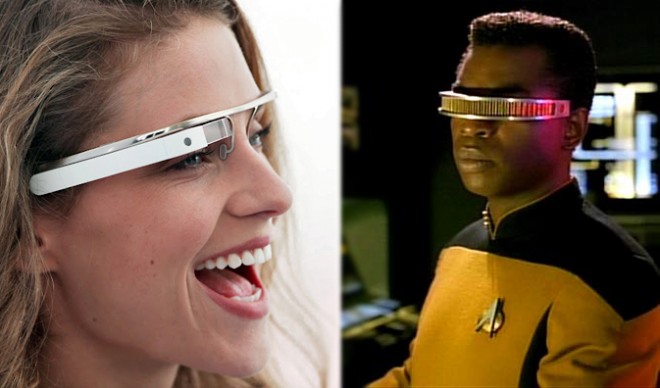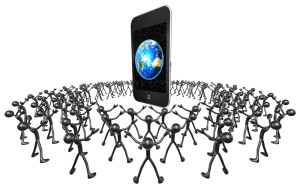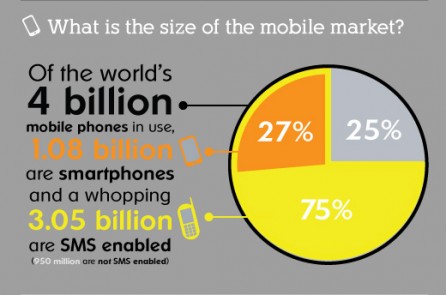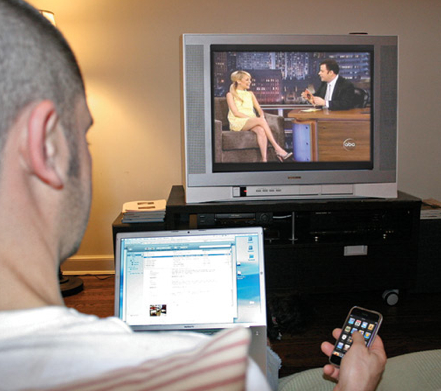Will Google Glass Replace the Smart Phone?
How would you feel wearing a device over your eyes that looks like glasses? Subtract the lenses and add a small device over your right eye. This is Google Glass. Experts predict that Google Glass can ultimately be a game-changer along the lines of phones. One that could change the landscape all across the advertising, entertainment, gaming, commerce, and media worlds.

Google has recently released a video that details the headwear’s digitally-enhanced technological advancements. Many consumers think that Google Glass could make a run for the top spot against the iPhone, Android, and other mobile devices. Researchers state “in this tech-loving world, it may become numerous consumers go-to mechanism for many things they certainly do on smart phones.”
Google Glass is all about bringing together two technology favorites, the smart phone and tablet to a pair of glasses. These glasses happen to be sight and voice controlled as well. The Google X team strategy was to bring the sci-fi technology to life. The display over the right eye can provide you information about the world around you, the small camera can snap photos and also shoot video all while being voiced controlled.
With Google Glass it can give you up-to-date weather reports just by looking out a window, show you a text and allow you to reply with voice activation, it may inform you of underground transportation being halted and give you step by step instructions to your destination. What Google Glass is not though is a phone. It is an expansion of our everyday phones like a Bluetooth headset for our eyes.
Ian Schafer CEO of Deep Focus stated, “it’ll be an opportunity to get information that users currently would find on their phone. They can actually pull it out of thin air.” When you think of your smart phone and the accustomed information you get from it is instant satisfaction from an information standpoint.

From a marketing standpoint Schafer stated, “it could make augmented reality worth more advertising spend.” Greg Stuart CEO of the Mobile Marketing Association stated, “Google Glass could evolve advertising in unforeseen ways.” Similar to using your iOS or Android tablet as a window we get a sense of what advertising for Google Glass will look like. The small gold coins that imitate what we see on Super Mario Bros grants real world rewards.
Google Glass can also prove to be very vital and valuable production from a creative standpoint. Filmmakers and videographers can utilize this device to create theatrical footage.
So the million dollar question, will Google Glass replace the phone? To keep it short and sweet the answer is no. At least not right now, since the phone still has to depend on integration with an Android or iPhone to function properly.









